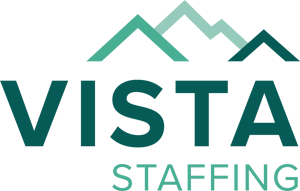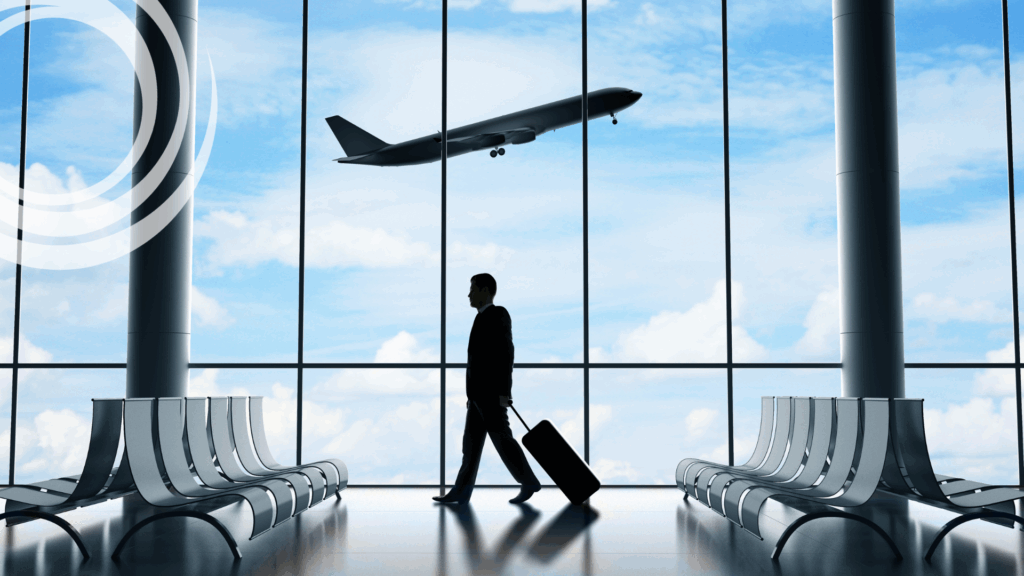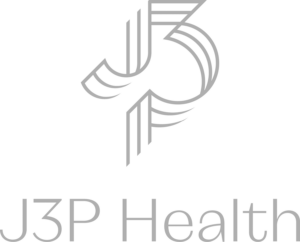After years in hospital leadership and now as a healthcare consultant, I’ve seen firsthand how complex and often inefficient our healthcare systems can be. But I’ve also seen the incredible work being done to fix it—teams tirelessly rethinking processes, implementing new technologies, and preparing for the unexpected. Crisis planning is a cornerstone of healthcare. So imagine my surprise when, on a recent business trip, I found myself caught in a travel meltdown that revealed just how unprepared the airline industry can be when things go wrong.
It started with a routine flight from Tampa to Pittsburgh, connecting through Atlanta. I’ve had my share of delays—weather hiccups, mechanical issues, crew shortages—but I’ve learned to plan around them. This time was different. A major weather event shut down all flights in and out of Atlanta, one of the world’s busiest airports. What followed wasn’t just a delay—it was a breakdown.
Our flight was diverted to Jacksonville, where we sat on the tarmac for hours. No deplaning. No clear communication. Eventually, snack boxes were handed out—pita chips, hummus, almonds, and gummy bears. It was frustrating, but I still held out hope. My connecting flight kept getting pushed back, and I thought I might still make it home, albeit at 5:30 a.m.
But when we finally landed in Atlanta at 2:30 a.m., I got the dreaded notification: my flight was canceled. I was rebooked for 5:45 p.m.—a 15-hour layover.
And that’s when the real chaos began.
The line at the airline assistance desk stretched from Gate 22 to Gate 8. I scanned a QR code to join the virtual queue—number 898. The call center? Equally overwhelmed. With today’s technology, why isn’t there a scalable, remote-ready system to handle these surges? In healthcare, we mobilize staff during times of crisis. We have on-call teams, emergency protocols, and remote support systems. Why can’t airlines do the same?
I hadn’t eaten since lunch, but every food vendor in the airport was closed. Thousands of stranded passengers, and no plan to feed them. In healthcare, we plan for mass casualty events, hurricanes, pandemics, and more. We don’t just treat patients—we plan for how to support staff, families, and communities. Where was that level of foresight here?
I decided to get a hotel room to rest before my evening flight. I called 30 hotels—nothing. Not in the city, not an hour outside. Representatives from Hilton and Marriott confirmed: no rooms available anywhere in the Atlanta metro area. So, I joined hundreds of others sleeping on the airport floor. Elderly passengers, families with young children—no cots, no blankets, no support.
In Florida, where I once lived and worked, hurricane preparedness is a way of life. Hospitals have detailed plans: who stays, who comes in after, how to maintain operations and care. And just as importantly, how to recover. Cleanup crews, supply chains, mental health support. It’s not perfect, but it’s proactive.
Air travel, by contrast, seems reactive—at best.
We can’t stop storms—but we can plan for them. Airlines and airports need better systems for rebooking, customer support, food access, and emergency accommodations. For years, those of us in healthcare were told to learn from the airline industry—especially when it came to safety protocols like the pilot’s preflight checklist. And we did. We translated that thinking into practices like the surgical “time out” to improve patient safety.
Now, it’s time for the airline industry to learn from healthcare. It’s not just about managing the event—it’s about managing the aftermath.
Because when the sky falls, it’s not just about getting planes back in the air. It’s about taking care of the people left waiting on the ground.
By Michelle Luffey

 company
company 
 (412) 364-8200
(412) 364-8200




























